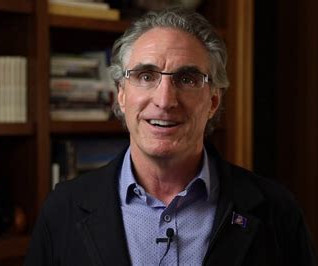California Sets Ambitious 70% College Attainment Goal Amid Persistent Equity Gaps
Diverse: Issues in Higher Education
FEBRUARY 10, 2025
The College Futures Foundation has released a comprehensive report highlighting California's push to achieve 70% postsecondary attainment by 2035, while revealing significant racial and socioeconomic disparities in college completion rates across the state.












Let's personalize your content